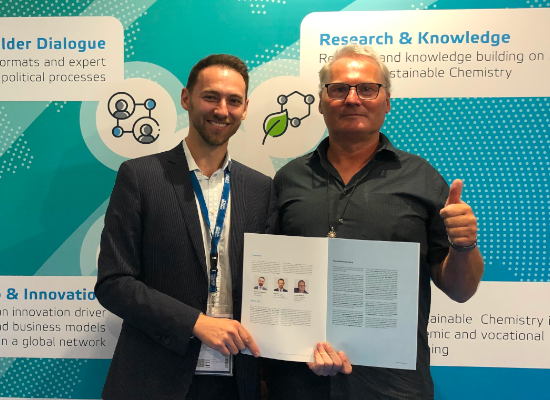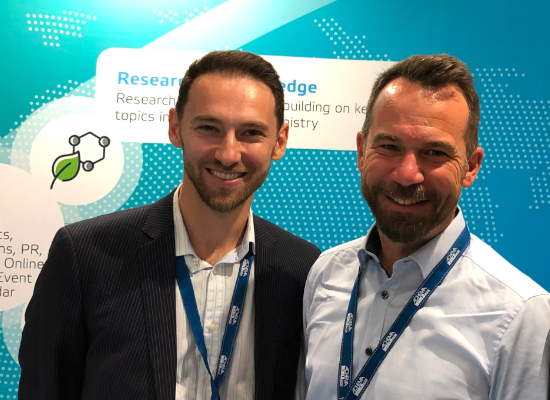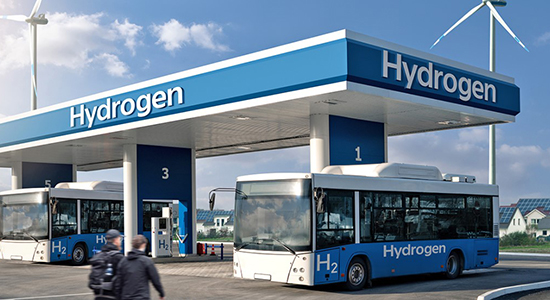During the first stage of its energy transition, Uruguay achieved almost 98% of renewable energy and is now seeking to de-fossilise various sectors during the second stage of the transition towards green hydrogen.
The introduction represents general thoughts on the potential offered by the hydrogen economy and helps to understand the topic of PtX: Hydrogen and its downstream products will be utilised as storage media and as building blocks for the chemical and related industries. It is essential that the efforts towards energy security in importing countries consider the interests of exporting countries. These considerations go hand in hand with further questions that focus on Sustainable Chemistry. The main part of the paper consists of three steps of the PtX-value chain: input, process and output.
The Input Phase focuses on how and where to obtain the necessary energy, carbon source and water supply. The Process Phase looks at possibilities to reduce the use of precious metals, good water management, scaling options and integrating PtX plants in existing chemical parks. The Output Phase deals with the challenges of the storage and transport (and also cost aspects) of hydrogen and other PtX products, such as ammonia, methanol, methane and others. In the section “It is smart…”, common denominators based on economic, environmental, social or governance (EESG) factors are identified: For example, developing the demand side, creating jobs, protecting the environment, preserving resources, respecting social aspects, and regulations and incentives need to be part of an overarching strategy in order to develop a future-proof PtX-based hydrogen economy in the country. Finally, the Outlook section discusses whether these findings are transferable to other regions of the world. For example, Morocco is another case study – with totally different prerequisites considering its geographical position, energy sources, off-taker structures as well as social and political environment.





